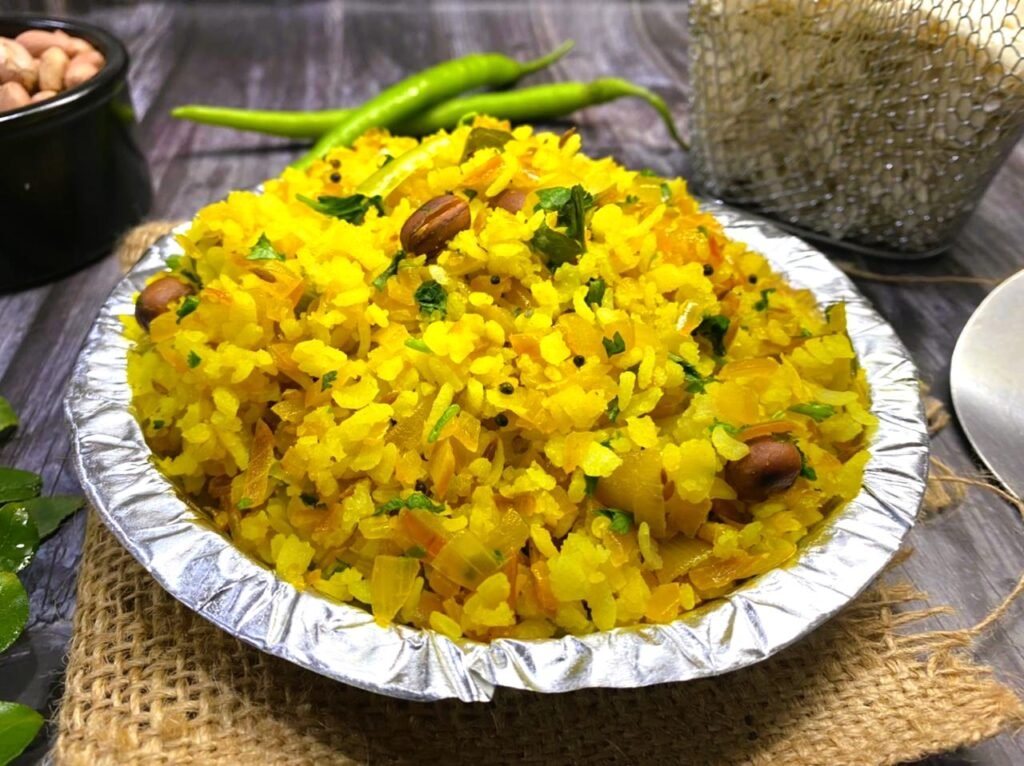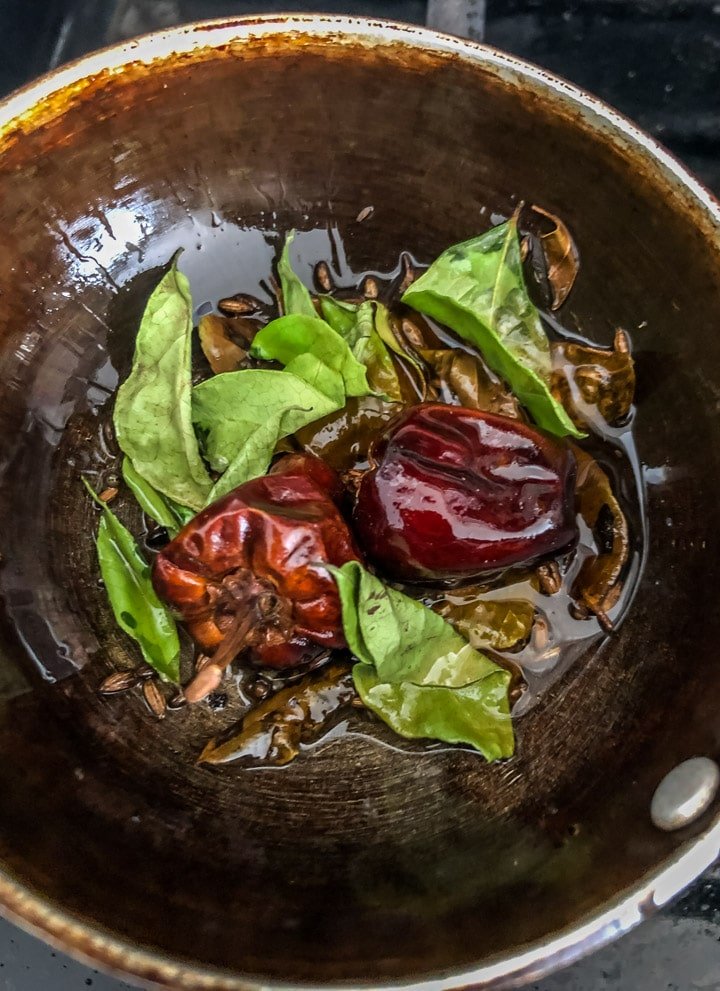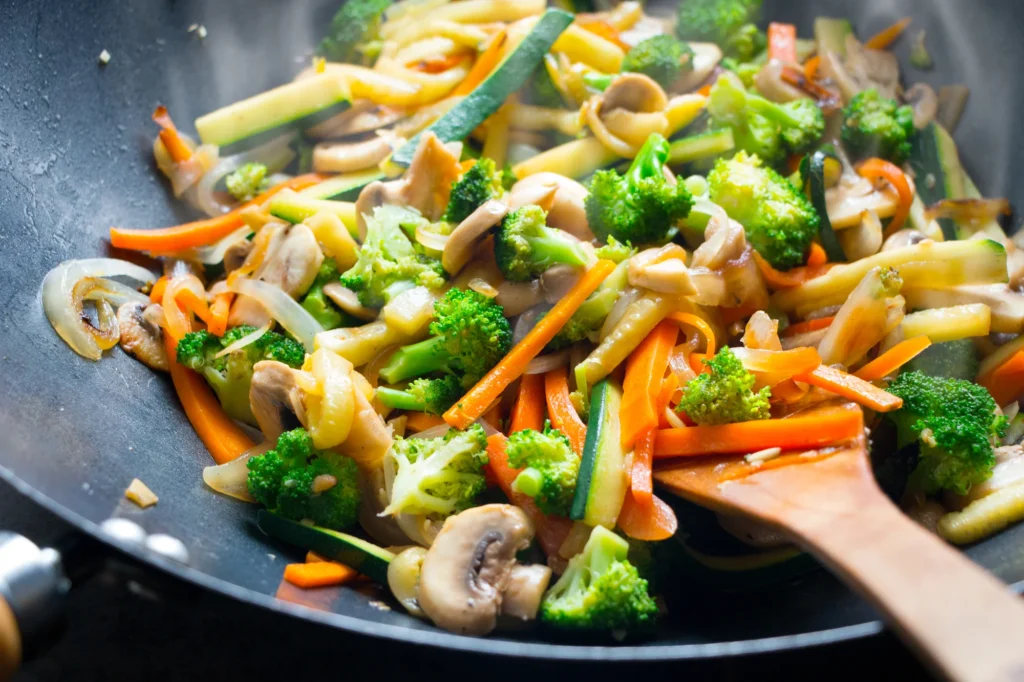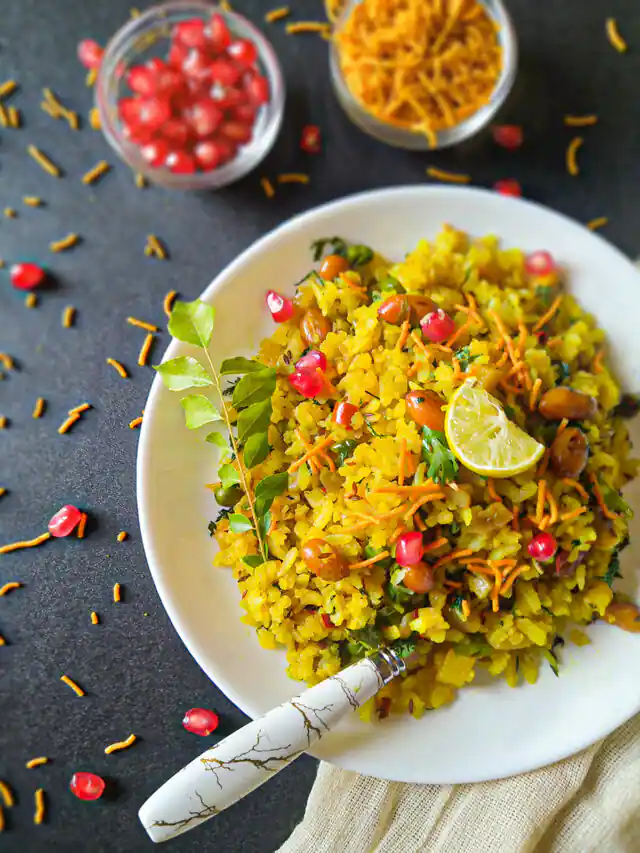Vegetable Poha is a light, healthy, and flavorful breakfast dish that has won hearts across India. Made with flattened rice (poha) and fresh vegetables, it’s quick to prepare, packed with nutrients, and perfect for busy mornings. The mild flavors, balanced with a hint of tanginess and aromatic spices, make it a comforting meal for adults and kids alike. In this 6-step guide, you’ll learn how to make soft, fluffy, and tasty vegetable poha in just 10 minutes—perfect for a fast yet wholesome start to your day.
Step 1: Gather Fresh Ingredients

Fresh, high-quality ingredients are the key to a perfect vegetable poha. Here’s what you’ll need for a quick breakfast serving 2–3 people:
Main Ingredients:
- 1 cup poha (flattened rice)
- 1 small onion, finely chopped
- 1 small tomato, finely chopped
- 1/2 cup mixed vegetables (peas, carrot, bell pepper, beans)
- 1–2 green chilies, finely chopped
- 1/4 cup coriander leaves, chopped
- 1/2 tsp mustard seeds
- 1/4 tsp turmeric powder
- Salt to taste
- 1 tbsp oil
Optional Ingredients for Flavor:
- 1–2 tsp lemon juice
- 5–6 curry leaves
- 1 tsp sugar (balances tanginess)
- 2 tbsp peanuts or roasted cashews for crunch
Pro Tip: Using fresh vegetables and coriander leaves enhances flavor, color, and nutritional content.
Step 2: Rinse and Soak Poha

Preparing poha correctly ensures soft, fluffy, and separate grains.
Steps:
- Take 1 cup of poha in a sieve or colander and rinse under cold running water for 2–3 minutes.
- Drain excess water and let the poha sit for 2–3 minutes to soften. Avoid soaking for too long, as it can become mushy.
- Sprinkle a pinch of salt over the poha while softening to enhance flavor.
Tip: Thick or large-grain poha may need a slightly longer rinse and soaking time, but avoid over-soaking to retain texture.
Step 3: Prepare the Tempering (Tadka)

Tempering adds aroma, flavor, and a slight crunch to poha.
Steps:
- Heat 1 tablespoon of oil in a pan over medium heat.
- Add mustard seeds and let them splutter.
- Add curry leaves, green chilies, and peanuts or cashews if using. Fry for 1–2 minutes until fragrant.
- Add finely chopped onions and sauté until translucent.
Pro Tip: Don’t overcook the onions—they should remain slightly crunchy to contrast with the soft poha.
Step 4: Cook the Vegetables

Adding vegetables not only makes poha nutritious but also gives it a vibrant color and texture.
Steps:
- Add chopped tomatoes and mixed vegetables to the pan.
- Sprinkle turmeric powder and salt.
- Sauté for 2–3 minutes until vegetables are tender but not mushy.
- Optional: Add a pinch of sugar to balance the flavors.
Tip: Use vegetables that cook quickly, such as peas, carrots, bell peppers, and beans, to maintain the 10-minute cooking timeline.
Step 5: Mix in Poha

Now it’s time to combine the softened poha with the vegetables and tempering for the final dish.
Steps:
- Add the drained poha to the pan with vegetables and tempering.
- Gently mix with a spatula to coat the poha evenly with spices and vegetables.
- Cook for 2–3 minutes on low heat, stirring occasionally to prevent sticking.
- Taste and adjust salt or spices if needed.
Tip: Avoid over-stirring, as poha grains can break and become mushy. The goal is soft, fluffy, and separate grains.
Step 6: Garnish and Serve
The final touches elevate the taste, aroma, and presentation of vegetable poha.
Steps:
- Turn off the heat and squeeze fresh lemon juice over the poha for tanginess.
- Sprinkle chopped coriander leaves generously.
- Optional: Add grated coconut or extra roasted peanuts for texture.
- Serve hot immediately for best flavor and freshness.
Serving Suggestions:
- Serve with a cup of chai or coffee for a traditional breakfast.
- Pair with a side of yogurt or raita for added creaminess.
- For a quick snack, pack in a lunchbox—poha retains its softness for a few hours.
Pro Tip: Lemon juice should be added at the end to preserve its fresh, tangy flavor.
Tips for Perfect Vegetable Poha
- Rinse and Drain Poha Properly: Prevents soggy or sticky texture.
- Use Medium Heat: Ensures vegetables cook evenly and poha doesn’t stick or burn.
- Quick-Cooking Vegetables: Maintain soft yet firm texture without extending cooking time.
- Gentle Mixing: Keeps poha grains intact and fluffy.
- Fresh Garnish: Coriander, lemon juice, and optional coconut enhance aroma and taste.
- Optional Crunch: Peanuts, cashews, or roasted seeds add texture and richness.
Following these tips guarantees soft, fluffy, and flavorful poha every time.
Health Benefits of Vegetable Poha
Vegetable poha is not only delicious but also a wholesome breakfast choice:
- Low-Calorie: Poha is light and easily digestible, ideal for a morning meal.
- Rich in Fiber: Vegetables provide dietary fiber, aiding digestion.
- Protein Boost: Adding peanuts or beans enhances protein content.
- Vitamins and Minerals: Mixed vegetables and coriander contribute essential nutrients.
- Quick and Healthy: Perfect for busy mornings when you need a nutritious meal fast.
With these benefits, poha is a great choice for health-conscious adults, kids, and seniors alike.
Variations of Vegetable Poha
Vegetable poha is highly versatile, and you can customize it in many ways:
- Masala Poha: Add extra green chilies, black pepper, or sambar powder for a spicier version.
- Cheese Poha: Sprinkle grated cheese on top for a fusion twist.
- Sprout Poha: Mix sprouted moong or chickpeas for additional protein and crunch.
- Paneer Poha: Add crumbled paneer for a rich and filling breakfast.
- South Indian Style Poha: Add curry leaves, mustard seeds, and grated coconut for authentic flavor.
Experimenting with these variations keeps poha exciting and caters to diverse taste preferences.
Serving Ideas
Vegetable poha can be enjoyed in multiple ways:
- Breakfast: Serve hot with tea or coffee for a nutritious start to the day.
- Evening Snack: Light and healthy, perfect with a glass of fresh juice.
- Lunchbox Meal: Pack in an airtight container for work or school lunches.
- Diet-Friendly Option: Ideal for weight-conscious individuals when paired with protein-rich sides.
Pro Tip: Pair poha with a small bowl of yogurt or a side salad for a complete, balanced meal.
Quick Hacks for 10-Minute Poha
- Use pre-cut vegetables to save prep time.
- Soak poha while chopping vegetables to streamline the process.
- Use a non-stick pan to prevent sticking and reduce the need for excess oil.
- Keep tempering ingredients ready for fast cooking.
- Add lemon juice and coriander at the end to save time and preserve flavor.
With these hacks, you can have fluffy, delicious poha on the table in just 10 minutes.
Conclusion
Vegetable poha is a simple, nutritious, and satisfying breakfast option that can be prepared in under 10 minutes. By following this 6-step guide—gathering fresh ingredients, rinsing and soaking poha, preparing the tempering, cooking vegetables, mixing in poha, and garnishing—you can make a perfect, soft, and flavorful dish every time.
Key Takeaways:
- Rinse and soak poha properly for soft, separate grains.
- Use fresh vegetables for taste, color, and nutrition.
- Cook on medium heat to prevent sticking or burning.
- Add lemon juice and coriander leaves for freshness and aroma.
- Garnish with peanuts, coconut, or grated vegetables for texture.
- Serve hot immediately for the best taste and presentation.
With these simple steps, you can enjoy a wholesome, light, and delicious breakfast that’s perfect for busy mornings, family meals, or a quick snack. Vegetable poha is not only healthy and easy to make, but it’s also versatile enough to suit a variety of tastes and dietary needs.





